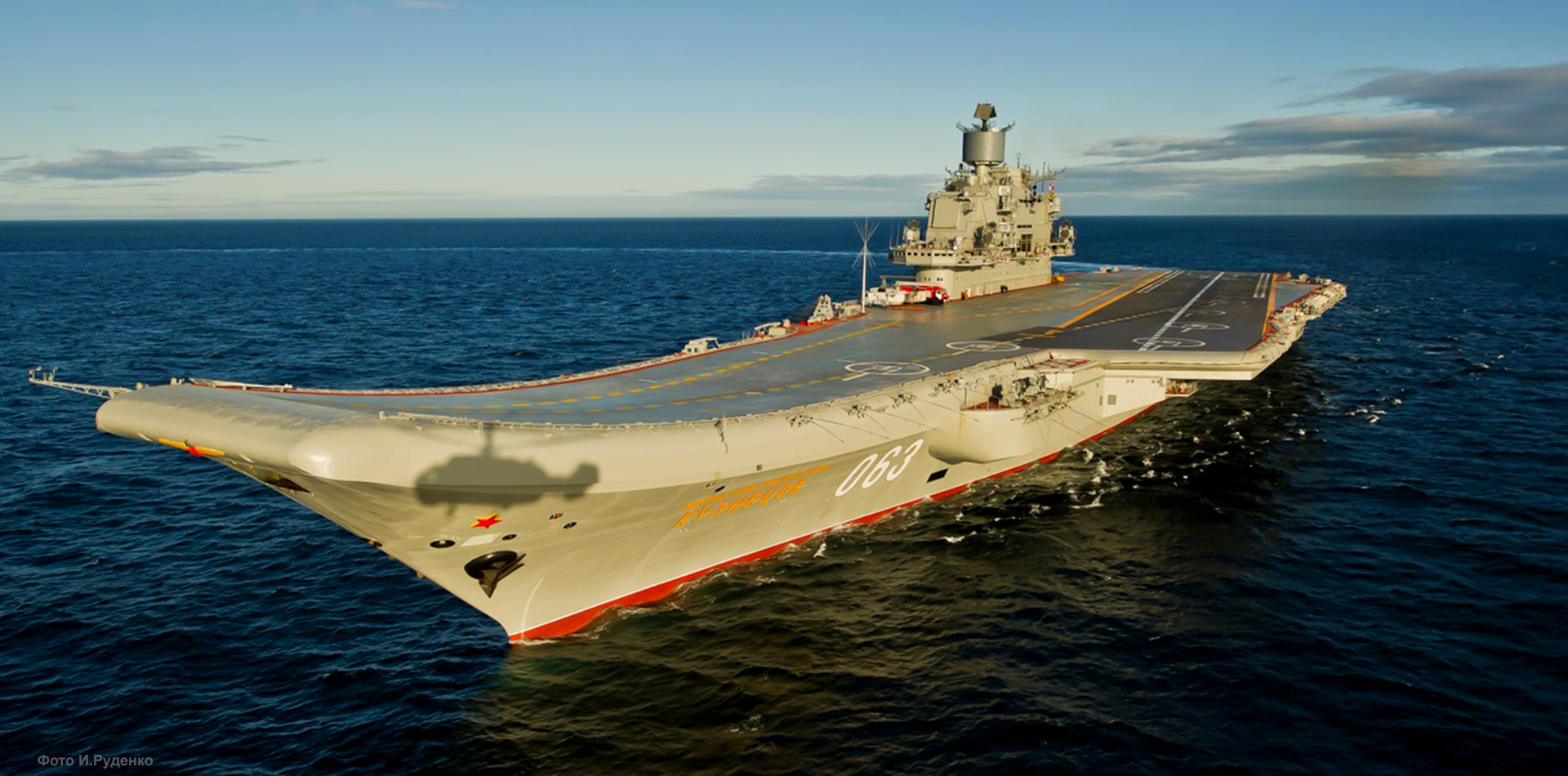
A report in the pro-Kremlin media suggests that the troubled effort to return the Russian Navy’s sole aircraft carrier, Admiral Kuznetsov, to operational service will be terminated. Overhaul and modernization work on the Cold War-era flattop began almost eight years ago but has apparently been abandoned some time ago. As we have discussed in the past, the viability of putting the Kuznetsov back to sea has long been in doubt, and, with many competing priorities, exacerbated by the war in Ukraine, the warship might now finally be destined for the scrapper’s torch.
По данным newspaper "Известия", citing what it describes as “informed sources,” the Russian Navy and the United Shipbuilding Corporation (USC) are poised to make a final decision on the fate of the Kuznetsov, with signs pointing to the likelihood that they will pull the plug on the modernization program.
Adm. Sergei Avakyants, the former commander of Russia’s Pacific Fleet, told Izvestia that the Russian Navy “does not need aircraft carriers in their classic form in the long term.” Describing aircraft carriers as “a thing of the past,” Avakyants said that they “can be destroyed in a few minutes by modern weapons.”
“It is a very expensive and ineffective naval weapon,” Avakyants continued. “The future belongs to carriers of robotic systems and unmanned aircraft. And if a decision is made not to continue the repairs, the only thing left to do is to take the Admiral Kuznetsov, cut it up for scrap metal, and dispose of it.”
The mention of drone-carrying warships is notable in that it reflects growing trends among a variety of navies in Europe and elsewhere, but, so far, at least, there has been no indication that Russia plans to start work on vessels of this kind.
As for the Kuznetsov, the warship has been in a downward spiral since its overhaul and modernization began in 2017. Soon after it arrived at the shipyard, there were indications that the scope of the work was being dramatically reduced, throwing the fate of the warship into question. During the overhaul process, the carrier has suffered multiple fires and a drydock sinking. By early 2021, analysis of photos of the carrier suggested that work on the vessel had more or less stopped in the previous 12 months.
Единственный авианосец ВМФ России «Адмирал Кузнецов» отбуксирован на судоремонтный завод 35-й эскадрильи для проведения технического обслуживания и ремонта в Мурманске, Россия, 20 мая 2022 года. Фото Семёна Васильева/Anadolu Agency через Getty Images
The Russian Navy’s lone aircraft carrier, Admiral Kuznetsov, is towed to the 35th Squadron Shipyard for maintenance and repair works in Murmansk, Russia, on May 20, 2022. Photo by Semen Vasileyev/Anadolu Agency via Getty Images
In February 2023, the Kuznetsov finally departed its drydock at the Sevmorput Naval Shipyard in Russia’s northwestern Murmansk region, but only two months later came reports that the carrier’s crew had been disbanded, providing another hurdle to getting the ship into any meaningful kind of service.
As we pointed out at the time, re-forming the carrier’s crew would be a challenge at any time, but is now very much compounded by wider military personnel shortages ongoing in the context of the war in Ukraine.
Amid all these problems, the previously indicated timeline for getting the carrier back into Russia’s combat fleet has slipped. The ship was originally meant to have finished its overhaul in 2021.
Even before the overhaul began, the Kuznetsov had its fair share of mishaps. Most notably, there was an onboard fire off Turkey in 2009, which led to the deaths of several crew members.
In 2016, two of its fighters were lost only days apart while supporting Moscow’s military campaign in Syria.
Russian Su-33 fighter jet chilling in the waters of Mediterranean Sea back in 2016.
Meanwhile, as Kuznetsov gets older, the utility of continuing overhaul work becomes increasingly questionable. The overhaul — which was to include upgrades to its powerplant and electronics equipment — had been intended to keep the carrier in service for possibly another decade or more, but the longer the process takes, the less economic sense this makes.
In the meantime, funds could be better invested in more practical and sustainable efforts, something TWZ has pointed out in the past.











Оценили 9 человек
25 кармы